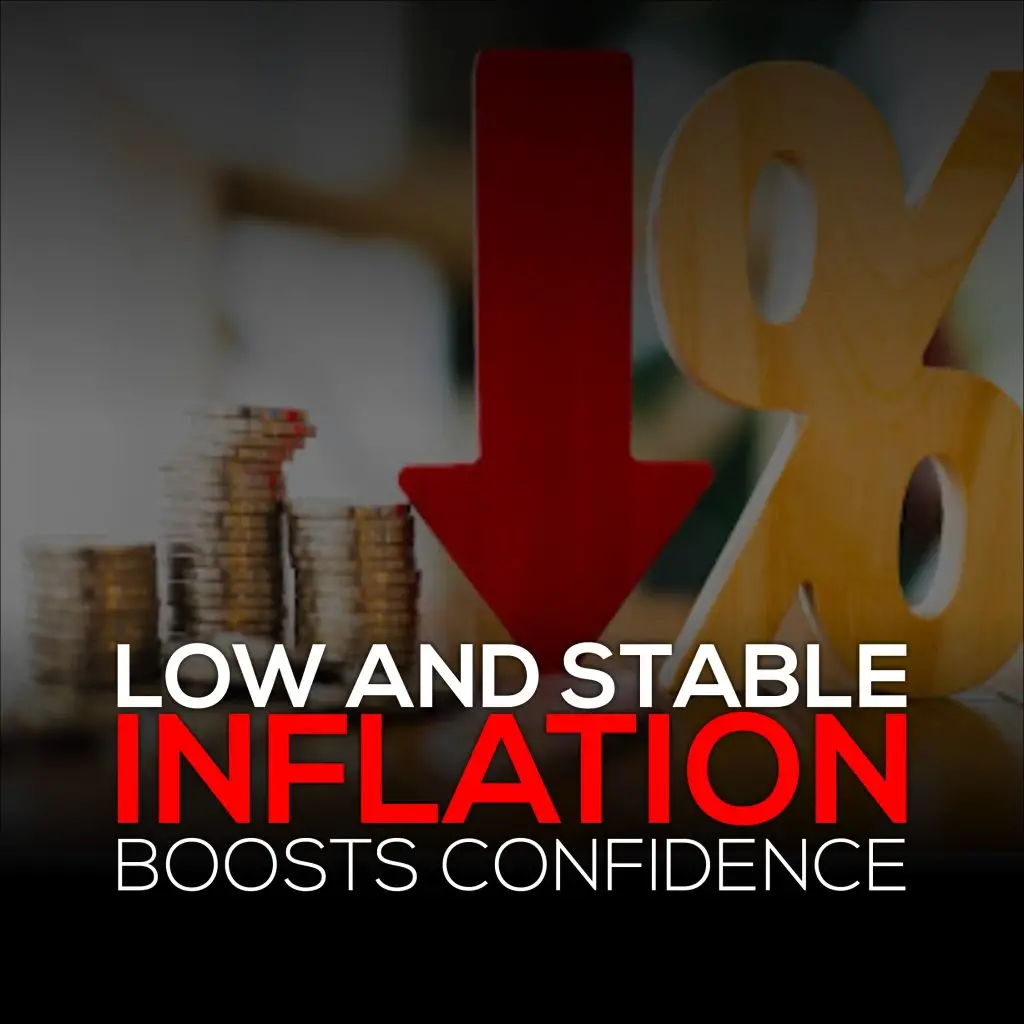
The South African rand strengthens ahead of inflation and FATF review, reflecting renewed optimism in the nation’s economy. Investors are showing confidence as the country anticipates new inflation data and a possible removal from the Financial Action Task Force (FATF) “grey list.” This positive momentum highlights South Africa’s growing financial credibility and its impact on regional economic stability.
Rand Gains Amid Investor Optimism
On October 20, 2025, the South African rand appreciated by 0.6%, trading at 17.24 per U.S. dollar. This surge came as investors anticipated stable inflation figures and awaited a favorable FATF review outcome. The rally underscores global confidence in South Africa’s ability to maintain fiscal discipline, curb inflation, and enhance financial transparency. The strengthening rand sends a strong message to markets: South Africa’s economic fundamentals are improving, and investor sentiment is steadily recovering.
Low and Stable Inflation Boosts Confidence
Analysts expect modest inflation — around 0.1% month-on-month and 3.3–3.5% year-on-year — signaling economic stability. This trend allows the South African Reserve Bank (SARB) to sustain a balanced monetary policy, keeping borrowing costs steady while supporting growth.
Low inflation is a cornerstone of economic trust. It reassures investors that purchasing power remains strong and that South Africa can sustain economic progress without major price volatility. Such stability helps attract long-term investment, encouraging both domestic and foreign capital inflows.
FATF Grey List and Its Importance
The Financial Action Task Force (FATF) monitors countries’ efforts to prevent money laundering and terrorist financing. Nations placed on the “grey list” face increased scrutiny and potential barriers in global financial transactions. South Africa joined the list in February 2023 due to weaknesses in regulatory oversight.
Since then, it has implemented comprehensive reforms to strengthen compliance systems, improve transparency, and tighten enforcement. If the country is removed from the FATF grey list, it will regain a reputation for financial reliability, attracting investors, improving trade relationships, and enhancing international partnerships.
Positive Impact of FATF Exit on the Rand
A successful FATF exit would act as a strong vote of confidence in South Africa’s financial system. It would:
- Encourage foreign investment by reducing transaction risks.
- Enhance global credibility, improving banking and trade relations.
- Support long-term currency stability, reinforcing the rand’s upward trend.
This milestone would signal that South Africa’s reforms are working — making it a more attractive and secure environment for global investors.
Regional Benefits Across Africa
The South African rand plays a vital role beyond its borders. As the region’s most traded currency, its performance influences economies across the Southern African Development Community (SADC). A stronger rand benefits neighboring countries by:
- Boosting regional trade and investment flows.
- Enhancing currency stability in interconnected markets.
- Encouraging infrastructure and development projects throughout Africa.
In this way, South Africa’s progress contributes to the financial health and growth of the entire region.
Market Analysts’ View
Market experts view the rand’s recent rise as a reflection of growing faith in policy reforms. Although major investment surges might take time, the long-term outlook remains positive. Financial institutions and global investors are closely monitoring the FATF decision and upcoming inflation reports as key indicators of economic resilience.
As South Africa continues implementing reforms and maintaining stability, the rand is positioned to remain a strong and reliable currency in emerging markets.
Future Outlook
Looking ahead, analysts predict that if inflation stays contained and the FATF outcome is favorable, the rand’s strength could persist well into 2026. Improved investor sentiment, transparent governance, and consistent fiscal management are likely to enhance South Africa’s economic trajectory.
The next phase for the rand will depend on how effectively these reforms translate into sustainable growth. However, with continued momentum and confidence, the outlook remains bright.
FAQs
1. Why did the South African rand strengthen?
Because investors expect stable inflation and a positive FATF review outcome.
2. What is the FATF grey list?
It’s a list of countries under increased monitoring for financial crime controls.
3. How does low inflation affect the rand?
It boosts investor confidence and supports currency stability.
4. Why is FATF removal important for South Africa?
It restores trust, attracts investment, and strengthens global trade relations.
5. What is the future outlook for the rand?
If reforms continue and inflation stays low, the rand is likely to remain strong.
Conclusion
The South African rand strengthens ahead of inflation and FATF review, marking a significant milestone in the country’s economic recovery. Low inflation expectations and the potential FATF grey list removal have sparked optimism across markets.
This renewed investor confidence not only strengthens the rand but also promotes broader growth throughout Africa. South Africa’s financial progress highlights a new era of stability, transparency, and opportunity signaling to global investors that the nation is firmly on the path to economic resilience and prosperity.



